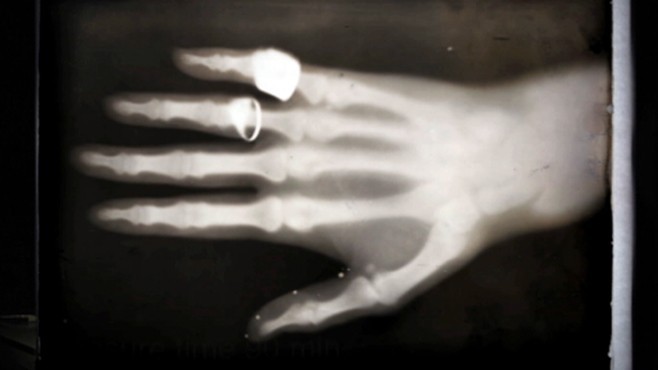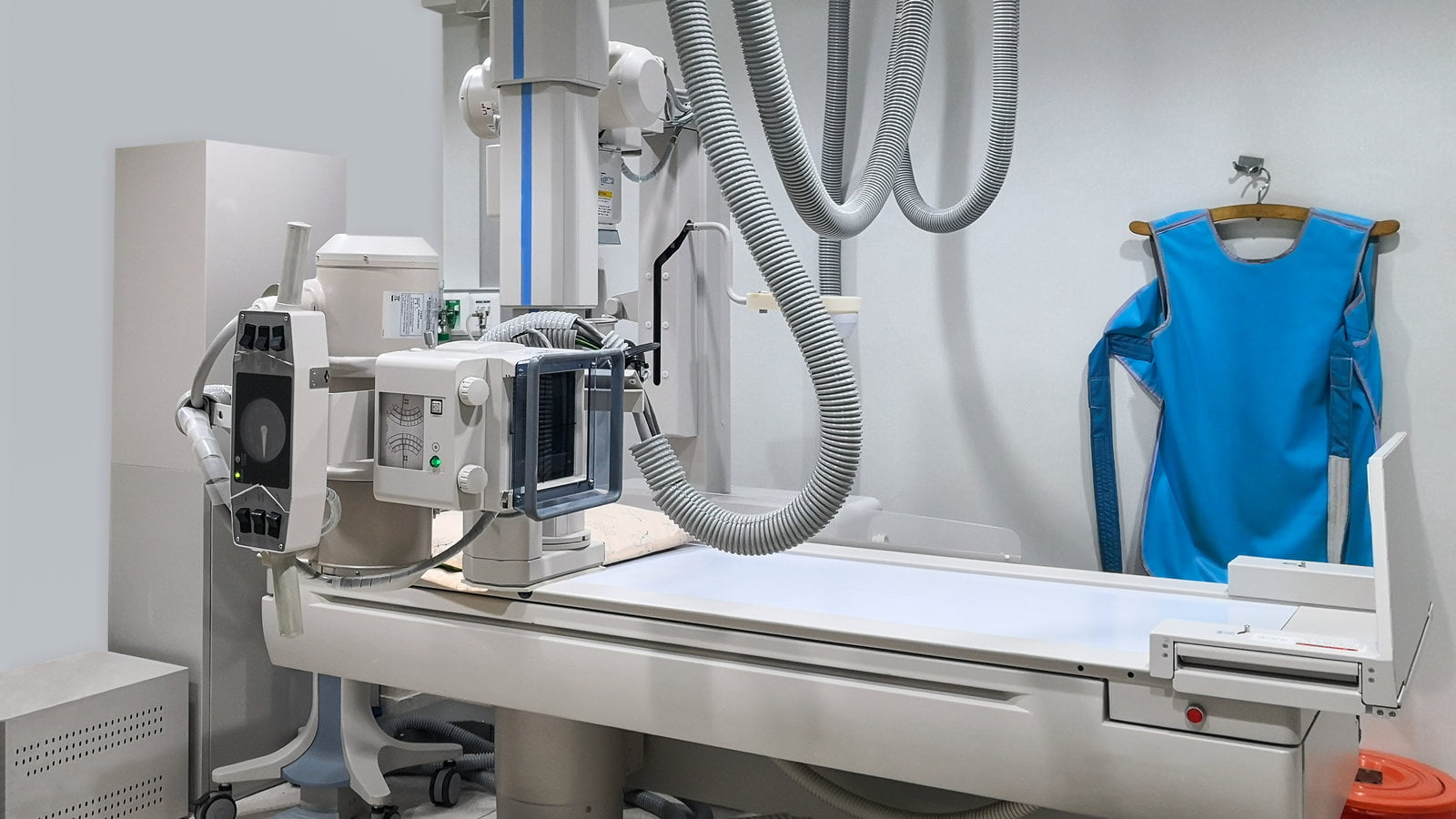Few types of glass available can offer excellent shielding against different types of radiation, and make them indispensable for uses in medicine and also the nuclear industry. Here in this article, we will see some of the common applications of such radiation-shielding lead glass, and how it can also be modified for shielding against radiation.
There will be no scope available for compromise when we have to deal with radiation, so such leaded glass is carefully designed so that it can effectively protect us from ionizing radiation like gamma and x-rays. The design of glass can be customized for meeting the requirement of different equipment used in nuclear and other medical facilities.
Lead-lined x-ray glass will use the lead as a medium to offer shield protection from radiation for reducing the effective dose given. Lead material will make the perfect choice for any x-ray glass because of its high density and also the atomic number and it can satisfy certain radiation very effectively.
How you protect your eyes from radiation?
Usually, time, distance, and shielding, all these 3 are the primary means to eliminate or reduce the exposure of ionizing radiation exposure.
The following are a few ways you can protect your eyes from radiation.
-
Lead shielding
You can use shielding wherever it will be necessary for reducing or eliminating radiation exposure. There are several types of lead shielding is available and here we will mainly focus on the protection of eyes from radiation and the application of various lead glasses.
-
Radiation attenuation
Proper shielding can be placed between the radiation source and the worker so that radiation can be attenuated and exposure will be totally eliminated or reduced to a very low level that will not harm.
The lead will act as a barrier or x-ray window for reducing the effects of x-rays and also block the bouncing particles.

-
Creating a limit for occupational radiation exposure
The NRC (Nuclear Regulatory Committee) has established certain exposure limits whereby apparent injury because of ionizing radiation will be very unlikely during a normal lifetime.
This limit is known as the “maximum permissible exposure”. All medical personnel must be aware of their dose of occupational radiation.
-
Personal monitoring
Even the US Nuclear Regulatory Commission also has made standards for personal monitoring devices. All medical personnel must wear a monitoring device for measuring the dose not only for the whole body but also at any unshielded location near to eye so that eyes remain protected.
-
Reducing tissue reactions
There is a certain threshold dose, and once it exceeds the severity then the effect will increase with the dose. A few tissue reaction examples include skin erythema that can occur after radiation exposure shortly.
Few late tissue reactions like cataracts may develop after a long time of radiation exposure.
-
Radiation Eye Protection
The eyes are our most important organs, and without properly functioning eyes most routine tasks will become very difficult to complete. So, you must protect your eyes.
Today, lead glasses and leaded windows are available in many different styles and configurations they can be suitably used for protection of eyes from radiation.








